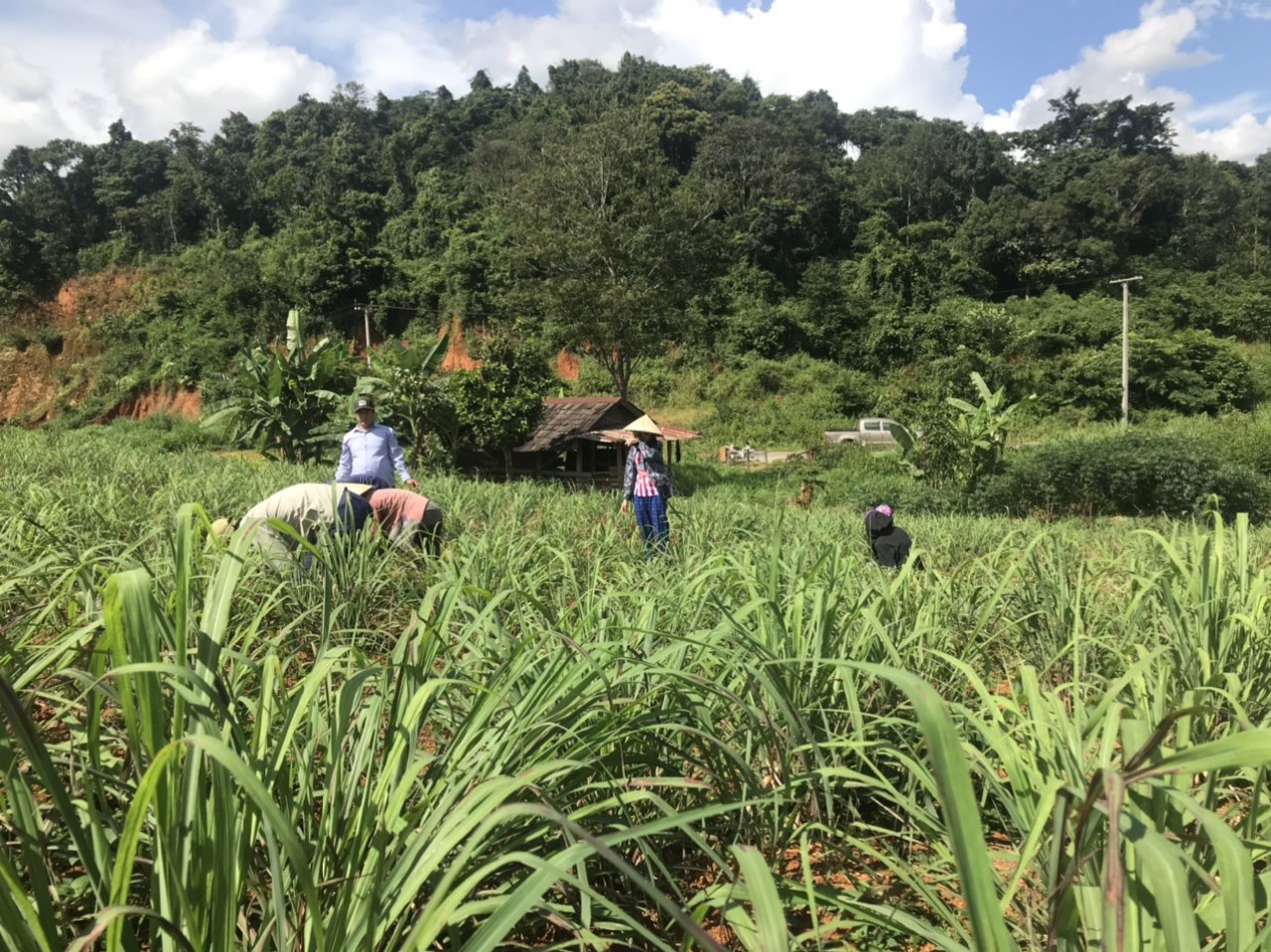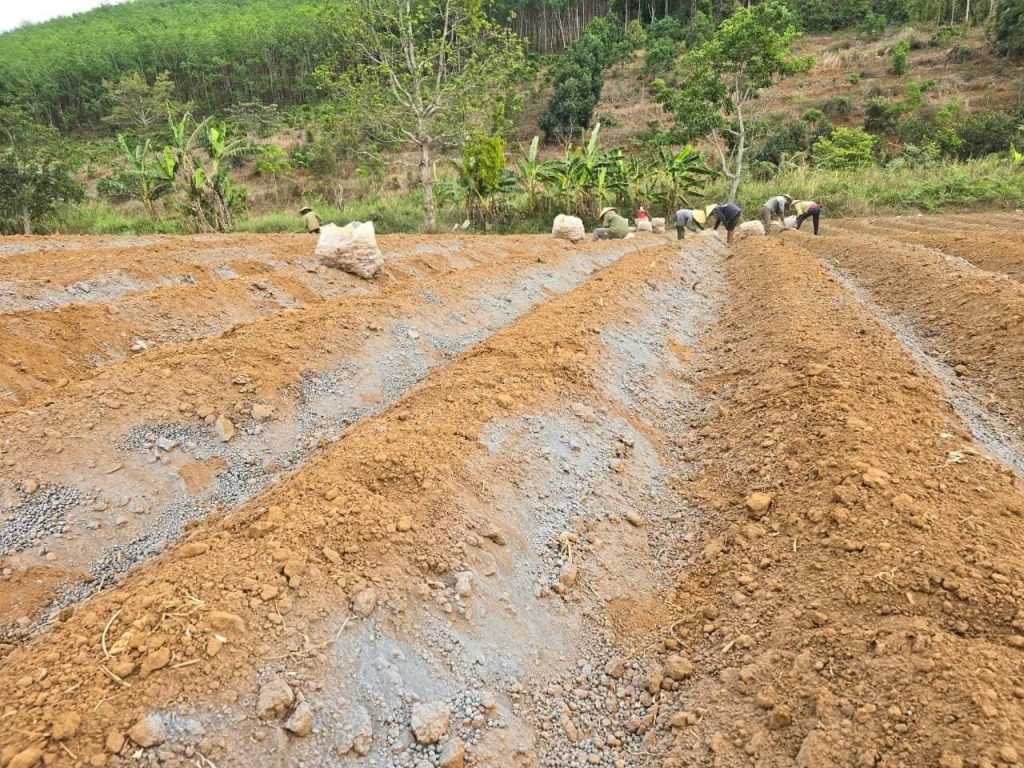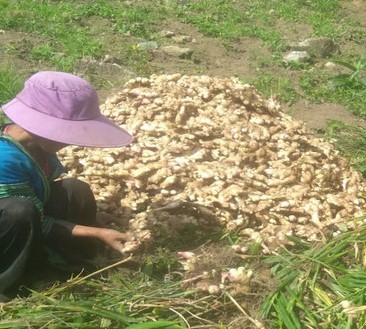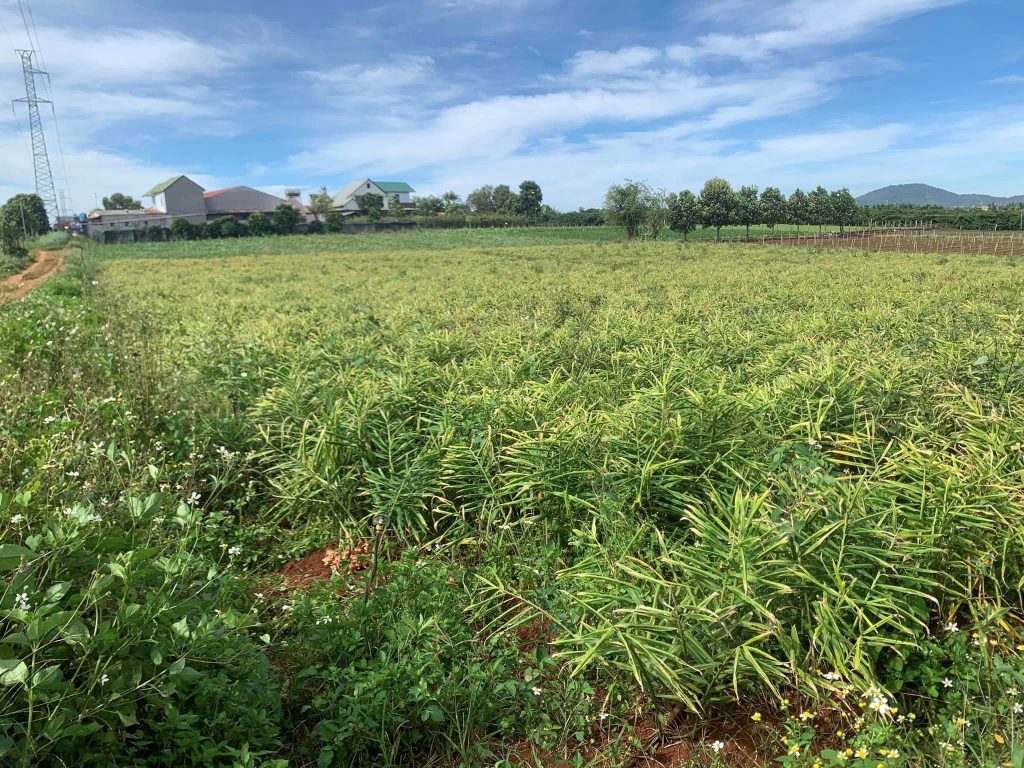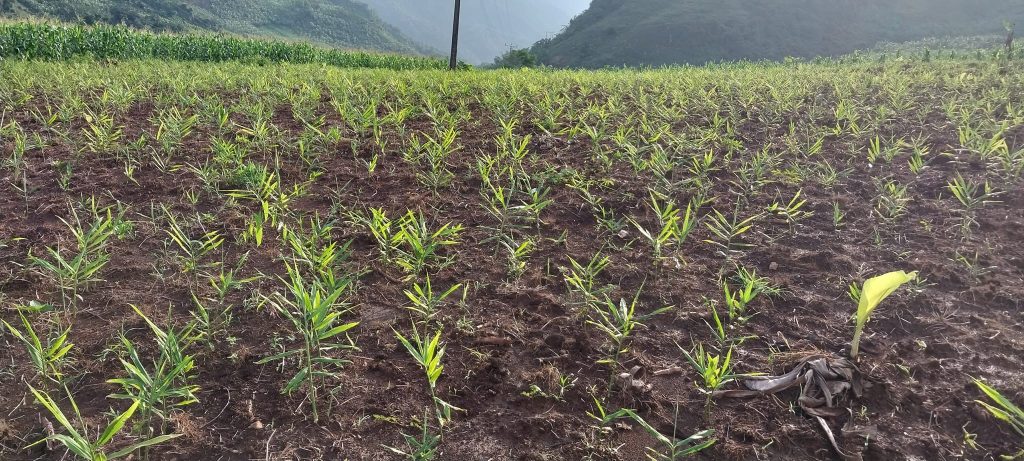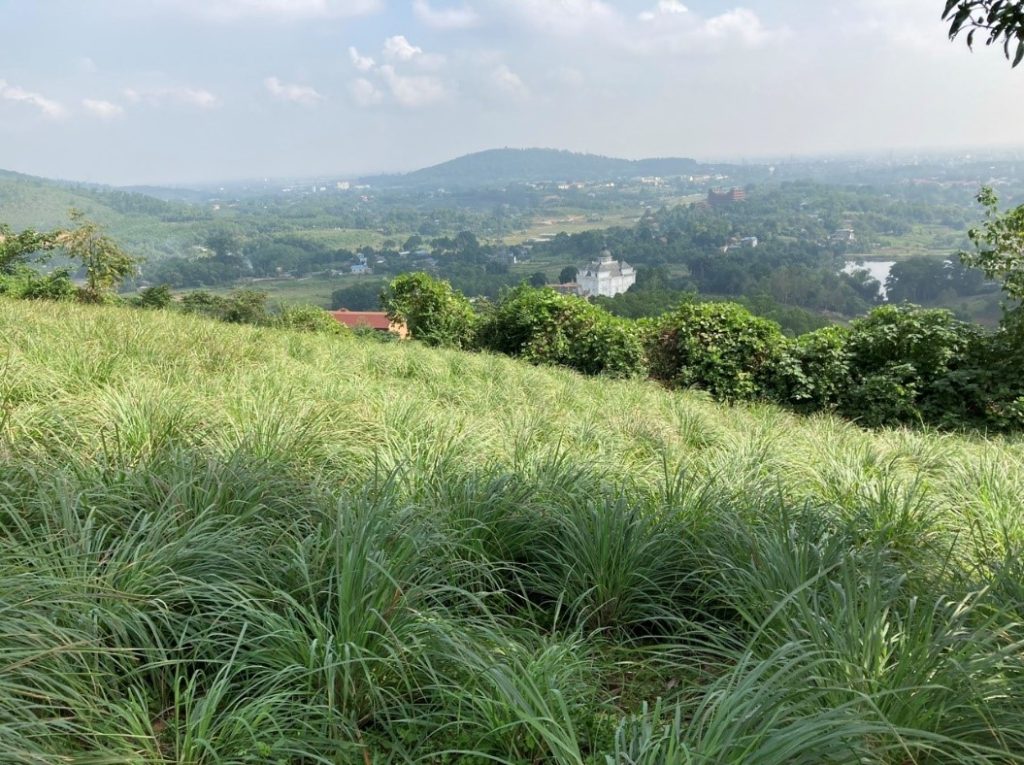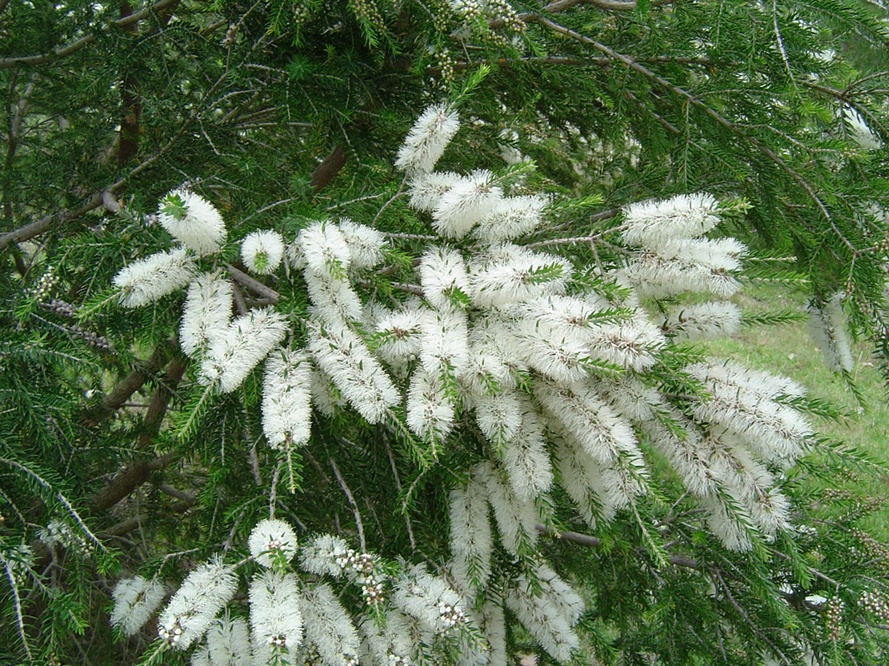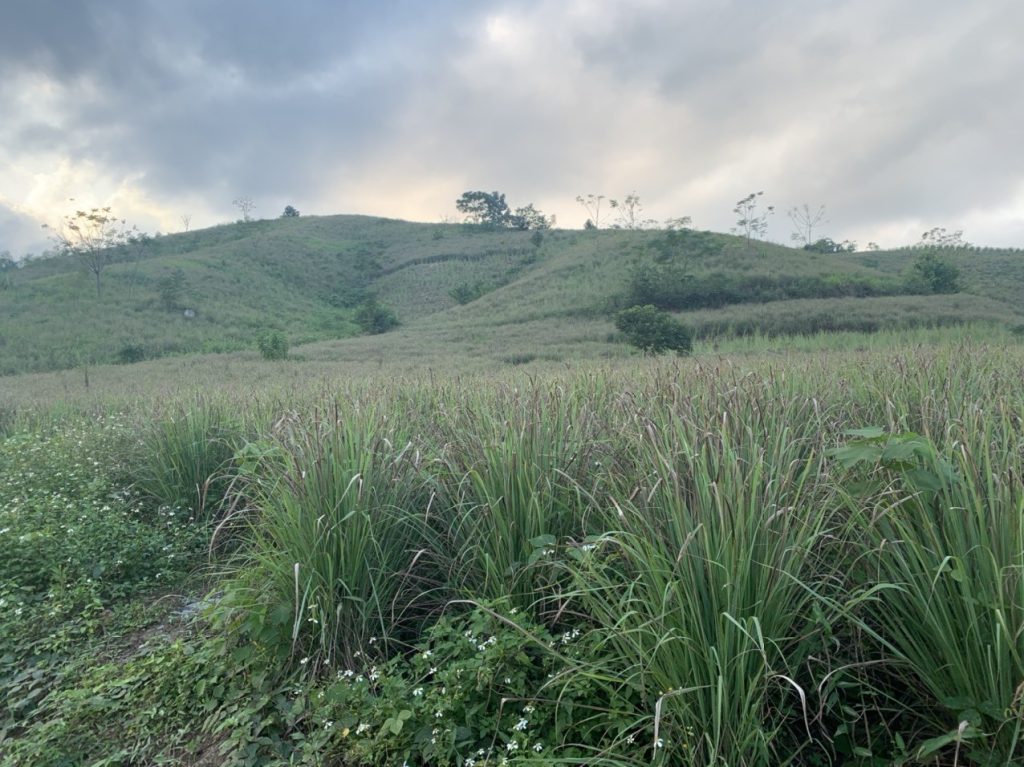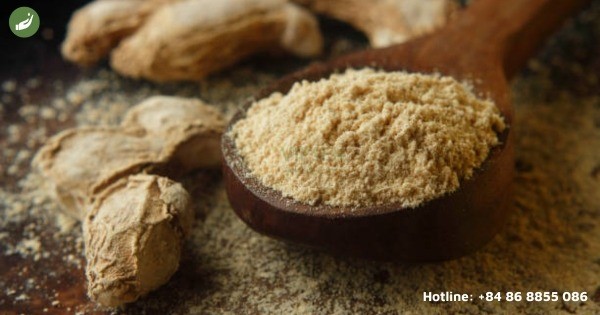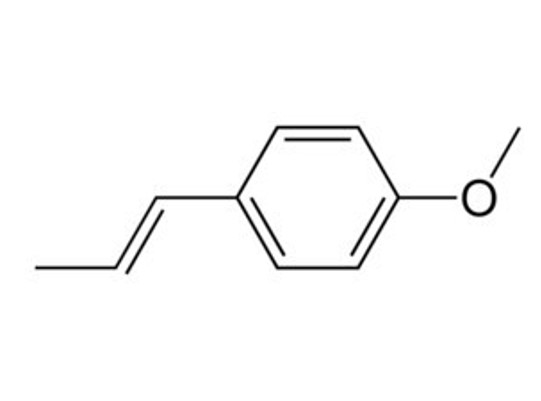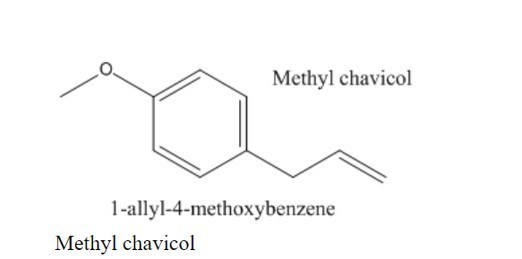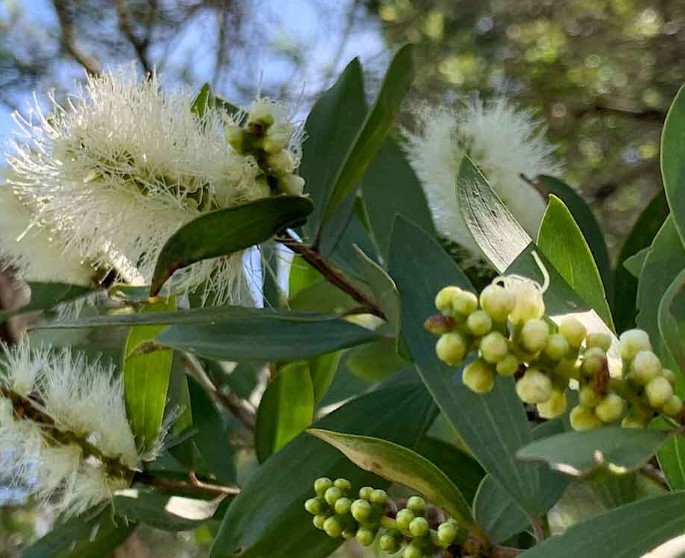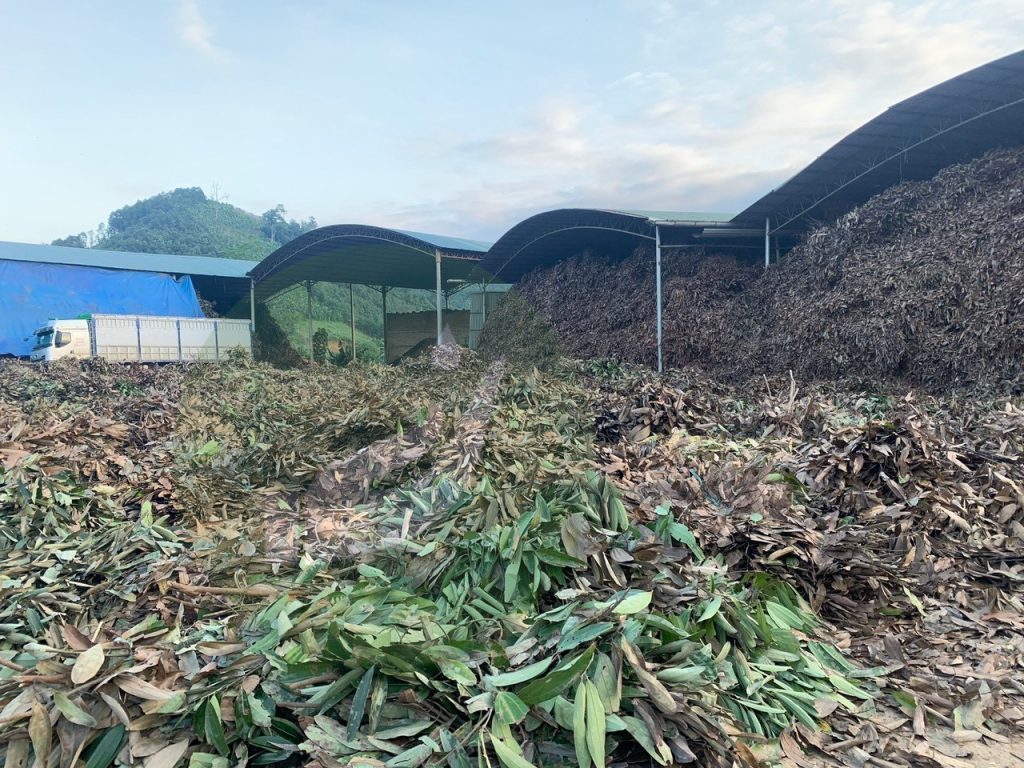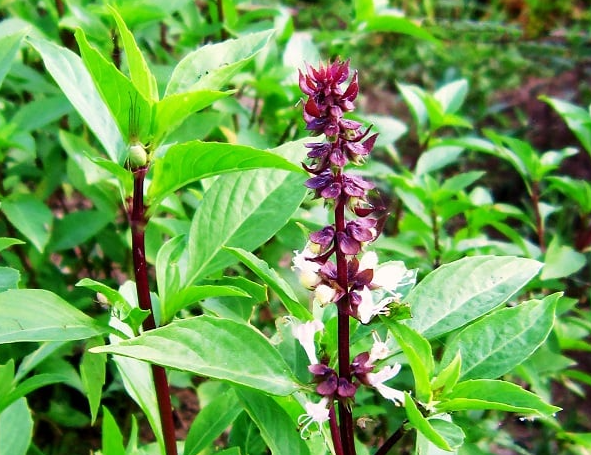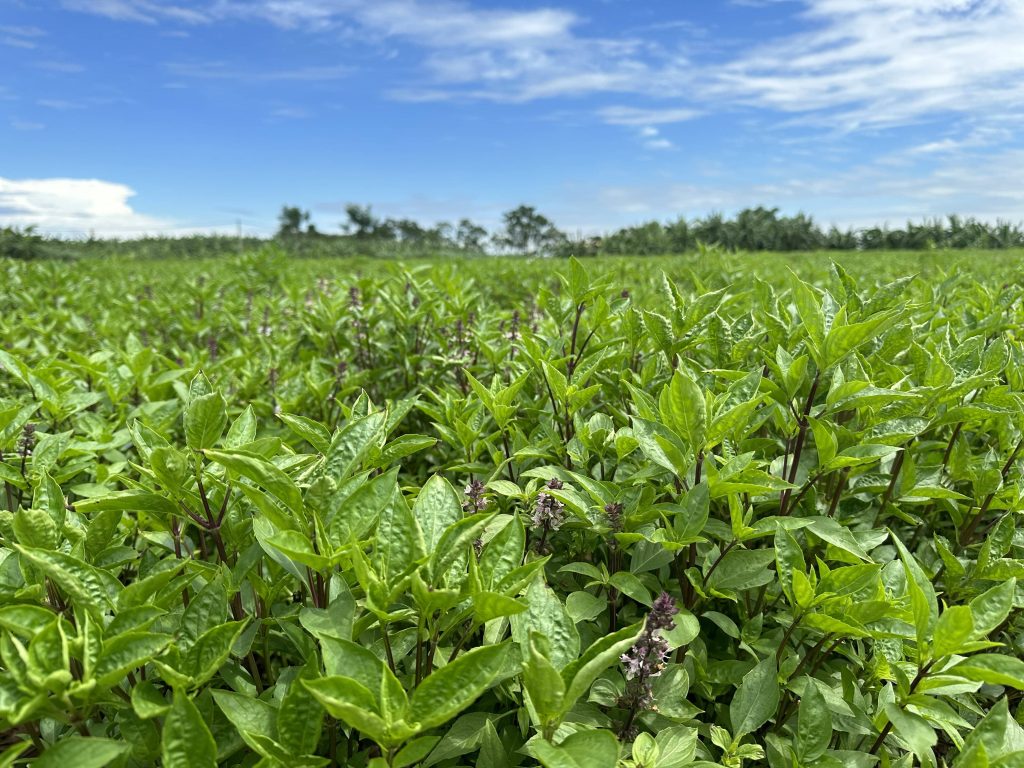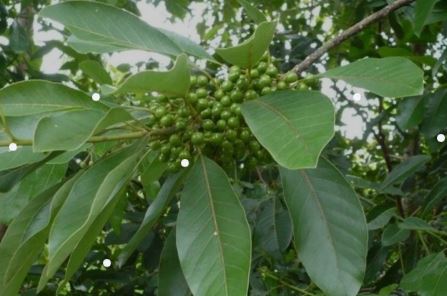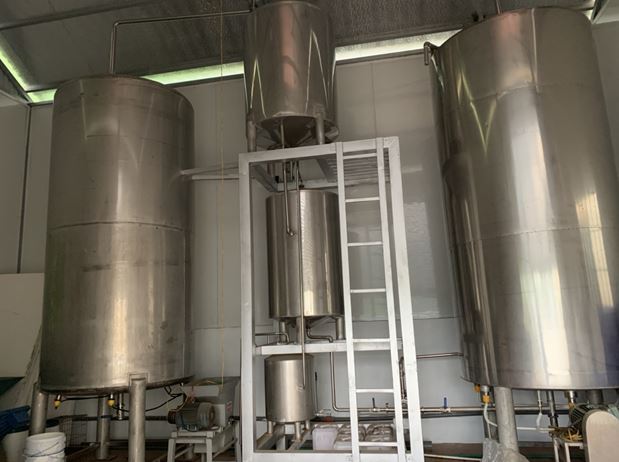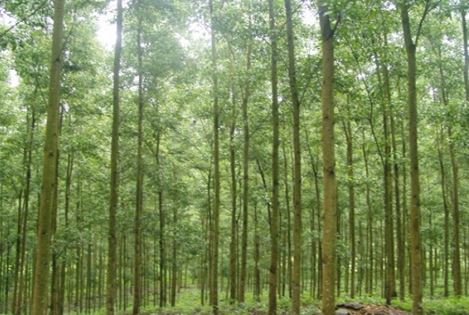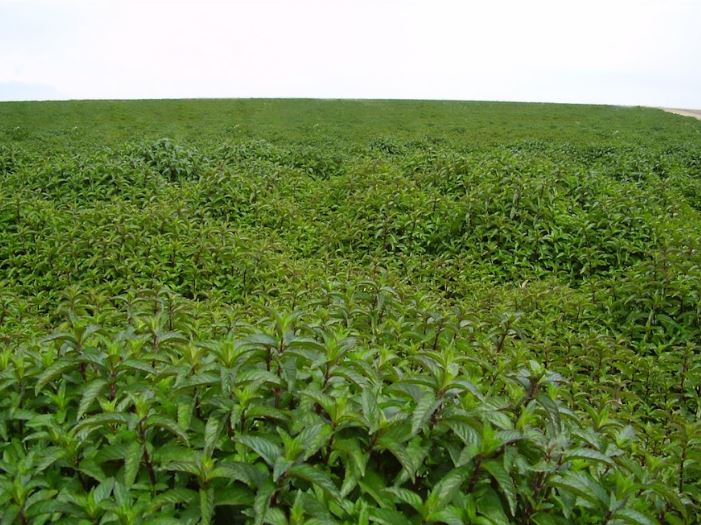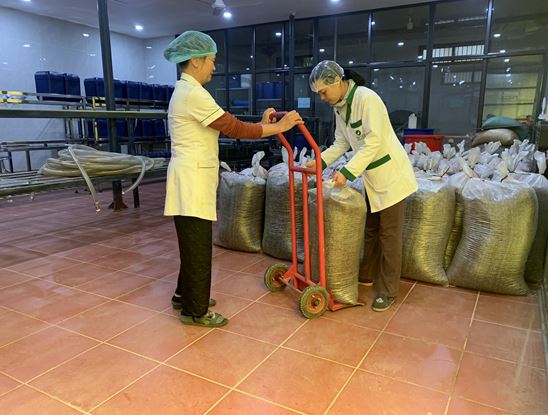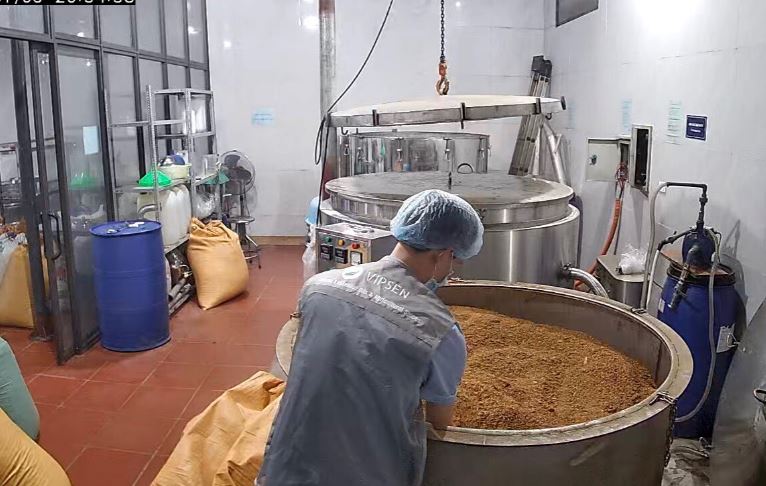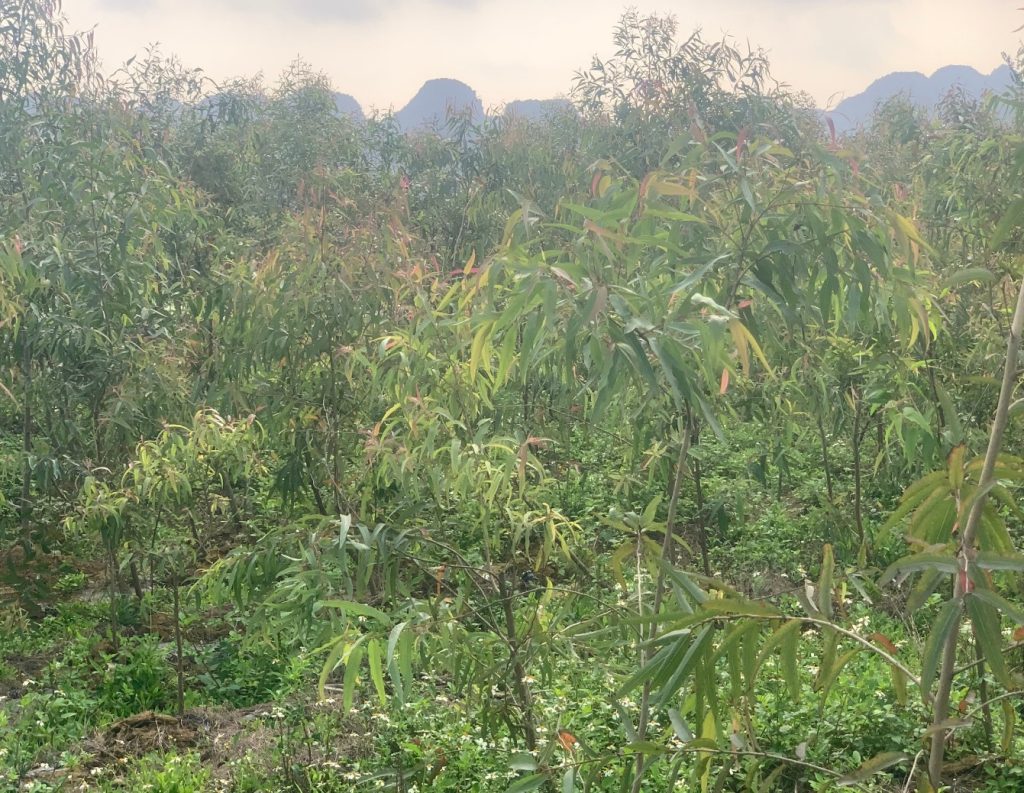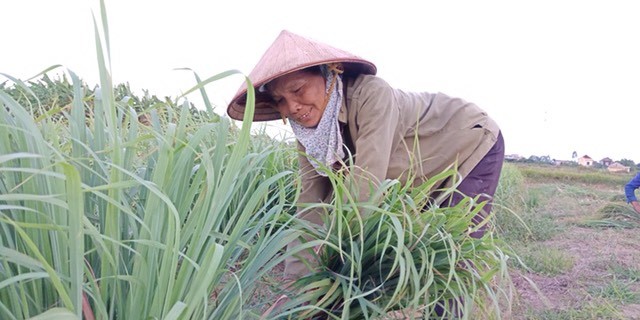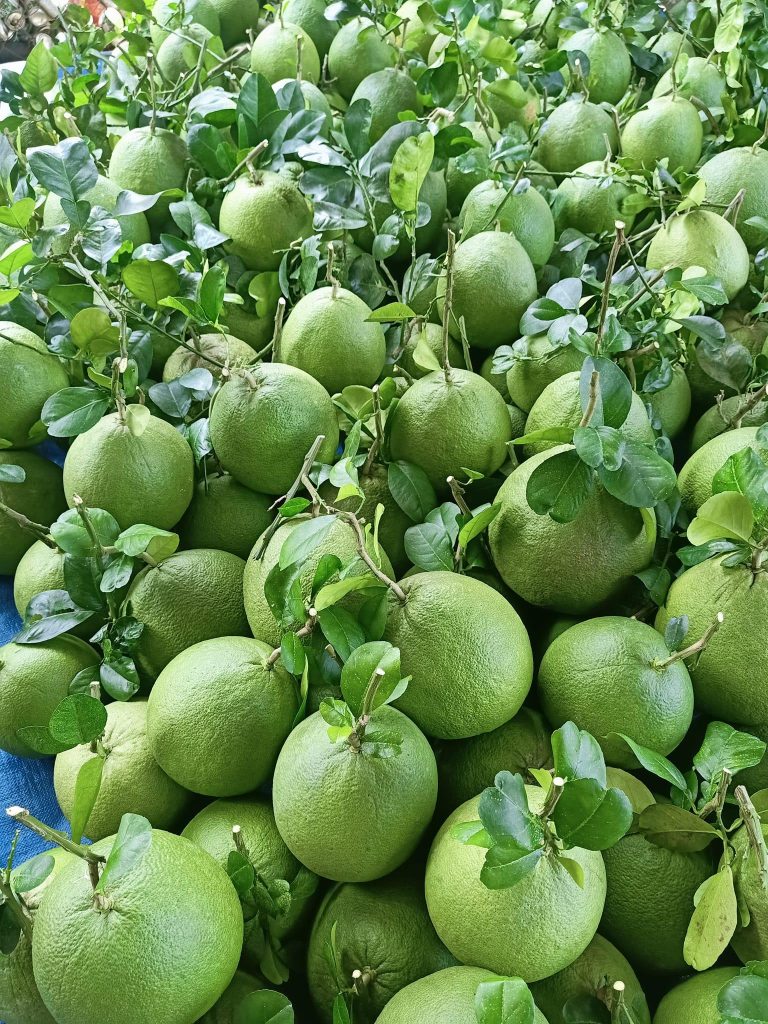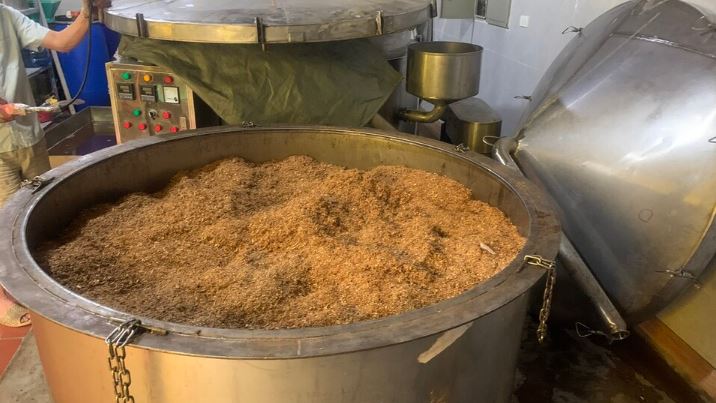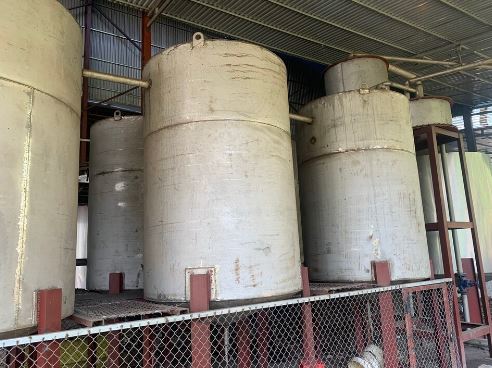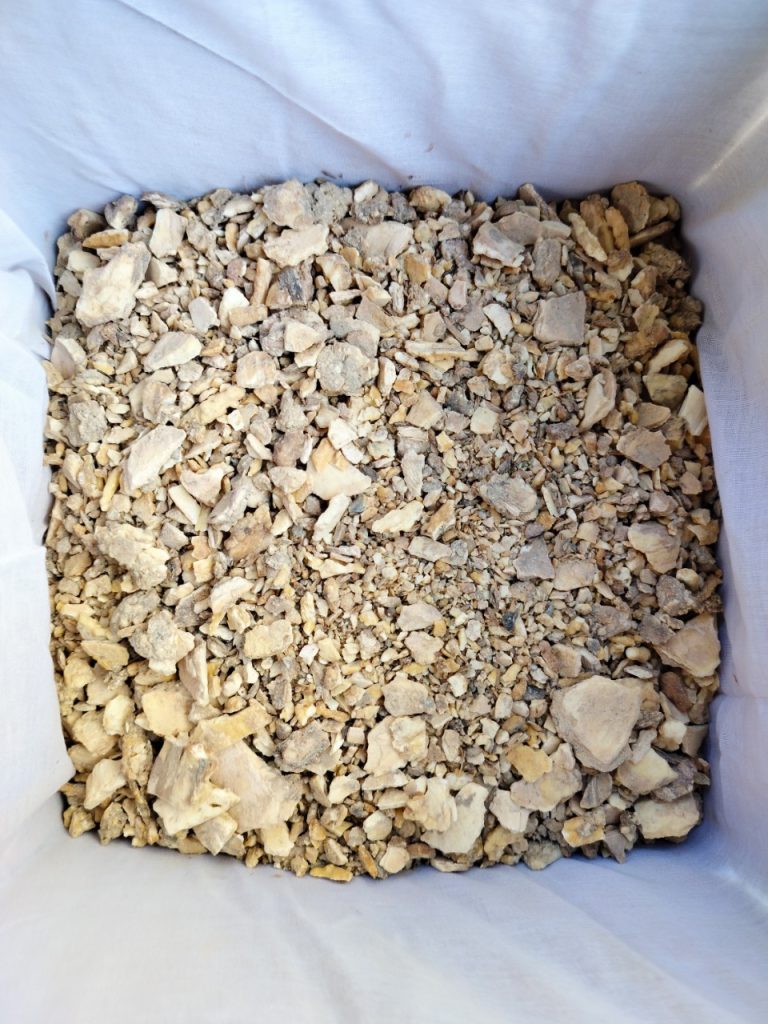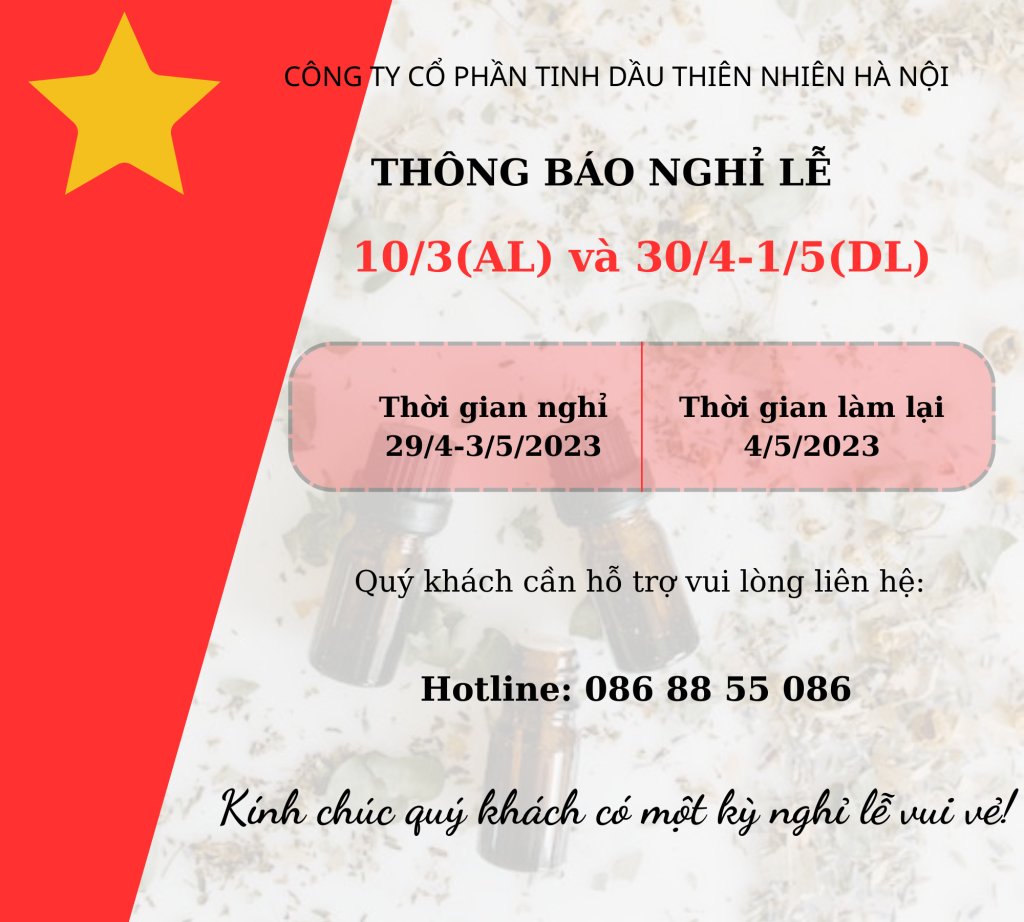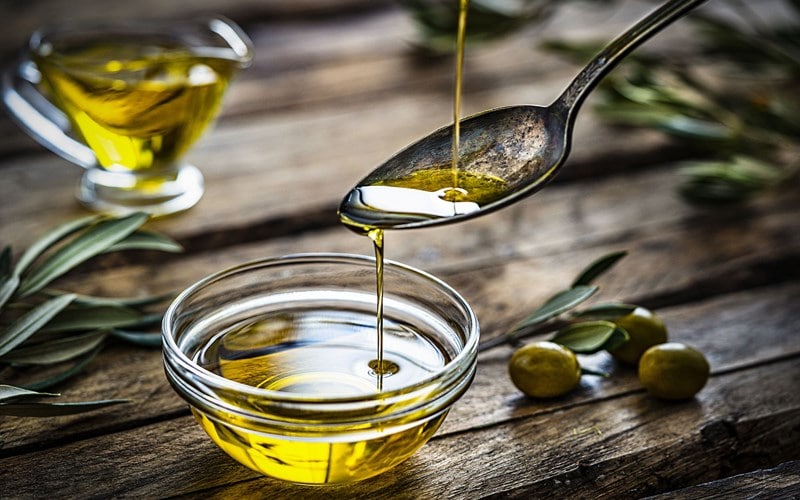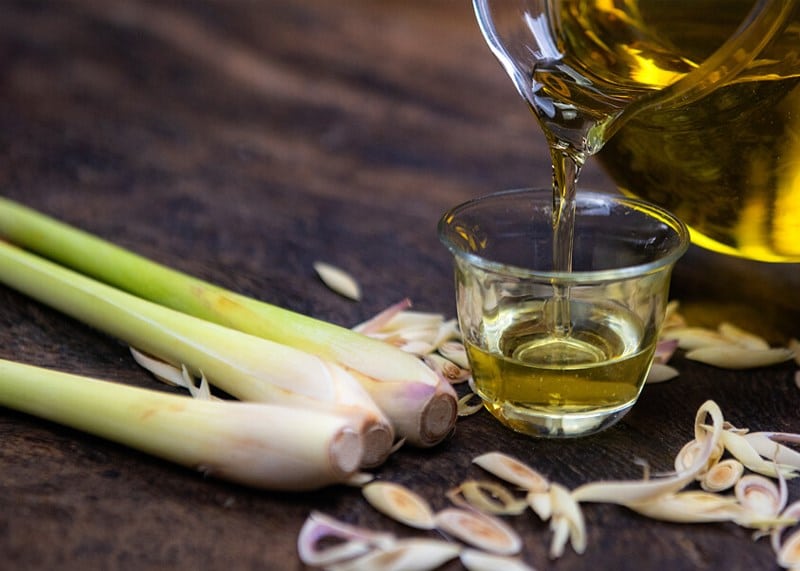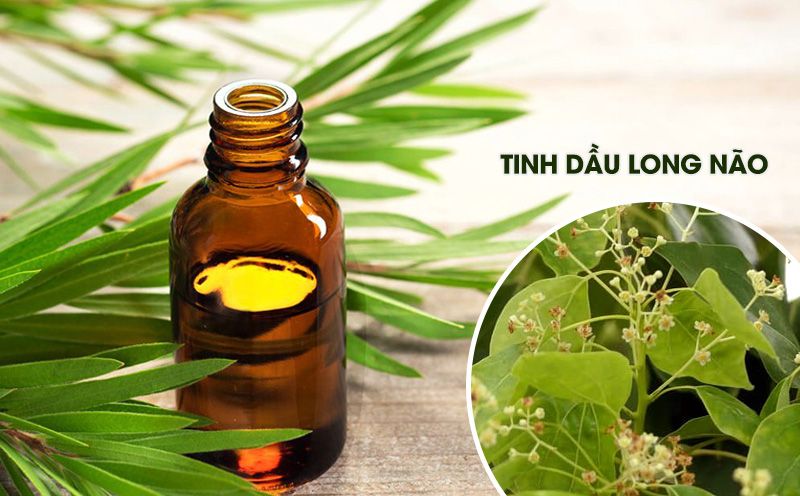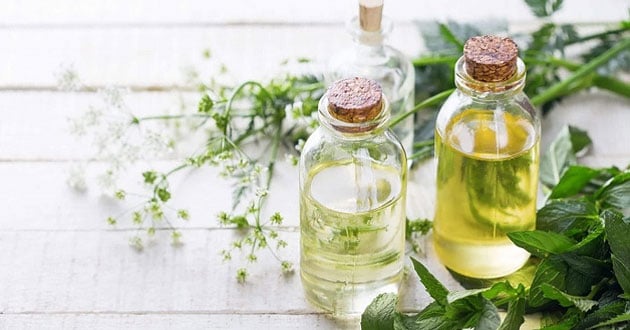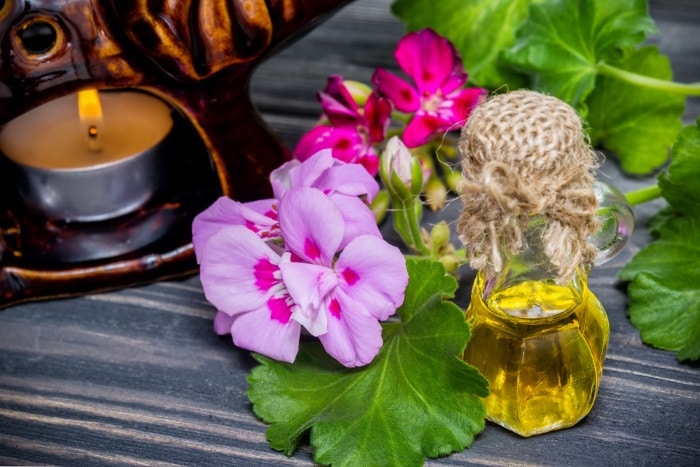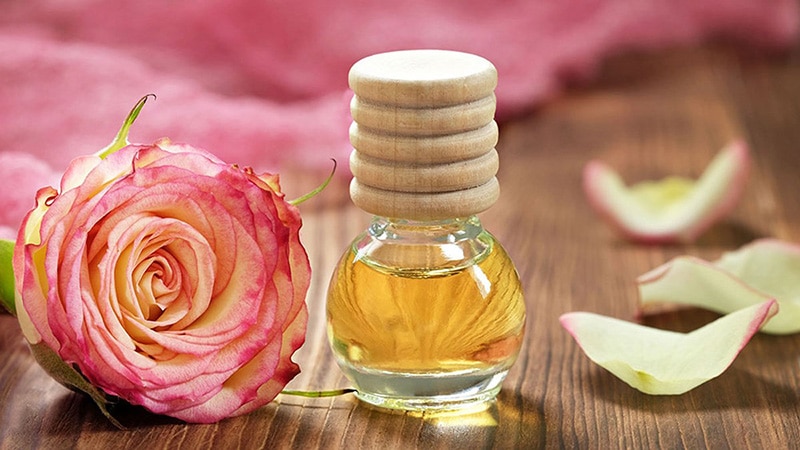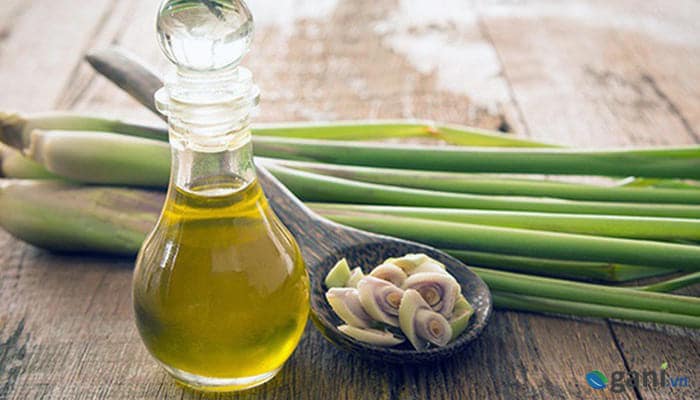1. Overview of Muong Te, Lai Chau
1.1 Geographical location
Muong Te is a highland border district located in the northwest of Lai Chau province. The North borders Yunnan province (China); The South borders Nam Nhun district (Lai Chau); The East borders Sin Ho district (Lai Chau); The West borders Muong Nhe district (Dien Bien province).
Muong Te has a 130,292km long border with China passing through 6 communes (Pa U, Ka Lang, Thu Lum, Mu Ca, Ta Ba, Pa Ve Su), adjacent to the districts of Giang Thanh, Luc Xuan, Kim Binh (China)…
Muong Te has a complex terrain, with high mountain ranges running in the Northwest – Southeast direction, popular terrain types of high mountains and medium mountains mixed with valleys. The average altitude is from 900 – 1,500m above sea level. Many peaks have an altitude of over 2,000m such as Phu Xi Lung peak (3,076m), Pu Ta Tong (2,109m). In general, Muong Te district is divided into 2 different topographic regions:
– High mountainous area: Including communes of Pa Ve Su, Pa U, Bum To, Ta Ba, Ka Lang, Thu Lum, Mu Ca and Ta Tong with an average altitude of 1,000-2,000m above sea level.
– Low mountainous area: Including Muong Te town, communes: Bum Nua, Vang San, Nam Khao, Muong Te, Kan Ho with an average altitude of 400-1,000m.
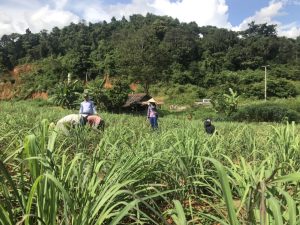
A Citronella grass field in Muong Te, Lai Chau
Muong Te’s climate is characterized by the tropical high mountain region of the Northwest, less affected by storms, and the weather is divided into two distinct seasons: cold winter, little rain, and hot, humid summer, lots of rain.
Muong Te district has a total natural area of 2,679.34km², accounting for 29.6% of the area of Lai Chau province, ranking first among 8 districts and cities of the province in terms of area.
1.2 Conditions and growing area of Vietnamese Cymbopogon winterianus
Muong Te has 4 main types of soil including feralit soil, loamy feralit soil on high mountains, alluvial soil from rivers and streams and soil transformed after slash-and-burn farming. Mainly feraritic soils on high mountains are formed from sandstone, shale and granite.
Muong Te currently has more than 1,000 hectares of Citronellal grass, concentrated in 2 communes: Ka Lang, Thu Lum and scattered in communes: Bum To, Ta Ba, Muong Te, Kan Ho…
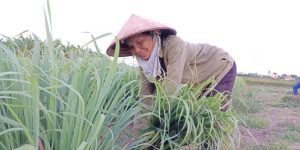
A farmer is harvesting Citronella grass for producing Citronella essential oil
The Department of Agriculture and Rural Development of Muong Te district focuses on directing the management and effective exploitation of the existing lemongrass area. According to the analysis and assessment of some scientists, Citronellal grass grown in Muong Te district produce quite high quality essential oils.
Vietnam Citronella grass can harvest their first leaves only after 3 months of planting; Each year, about 5 to 7 turns of leaves are collected, the average yield is 17.5 tons of leaves/ha/year; 1 ton of lemongrass leaves can extract 8.3 kg of essential oil. In particular, Java lemongrass is planted once but can be harvested for 5 to 7 years.
2. VIPSEN’s Vietnam Citronella oil.
VIPSEN is one of the leading researchers and producers of natural essential oils in Vietnam. Vietnamese essential oil products are produced using advanced methods, achieving high quality with 100% natural ingredients, without additives or mixtures.
Citronella essential oil products are produced by VIPSEN from selected raw materials, from famous raw material growing areas in Muong Te, Lai Chau. In our Citronella Essential oil, constituents accounting for the largest proportion: Citronellal (30-32%), Citronellol (12-14%), Geraniol (30-32%). There are also other compounds such as Citronellol Acetate, Elemol, Cadinene, Limonene, Geranyl Acetate…
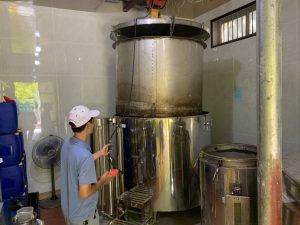
Producing Citronella Essential Oil at VIPSEN factory in Thach That, Hanoi, Vietnam
Production process from planting to harvesting raw material planning, production and preservation of finished products are always closely monitored by a team of experienced experts and technicians. VIPSEN’s Citronella essential oil products are not only popular in Vietnam but are also exported to many countries around the world.
For more information, please contact:
Phone/Whatsapp/Zalo/Wechat/Kakao Talk/Line/Skype/Viber: +84 868 855 086
Email: Tony@Vipsen.vn
Address: D7-TT9, Forosa Street, Xuan Phuong New Urban Area, Xuan Phuong, Nam Tu Liem, Hanoi
Address of essential oil factory: Bai Dai, Tien Xuan, Thach That, Hanoi, Vietnam
Address of ginger and star anise factory: Thu Do, An Tuong, Vinh Tuong, Vinh Phuc, Vietnam
Share this article with your friends
Help your friends absorb interesting knowledge from VIPSEN








